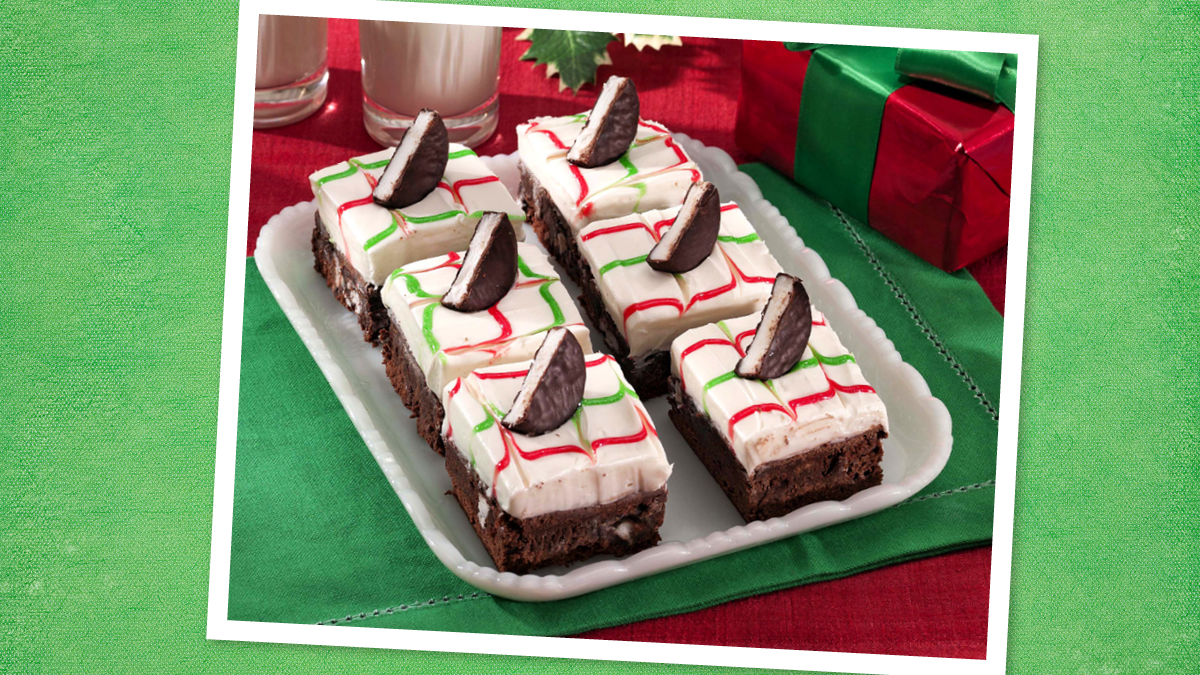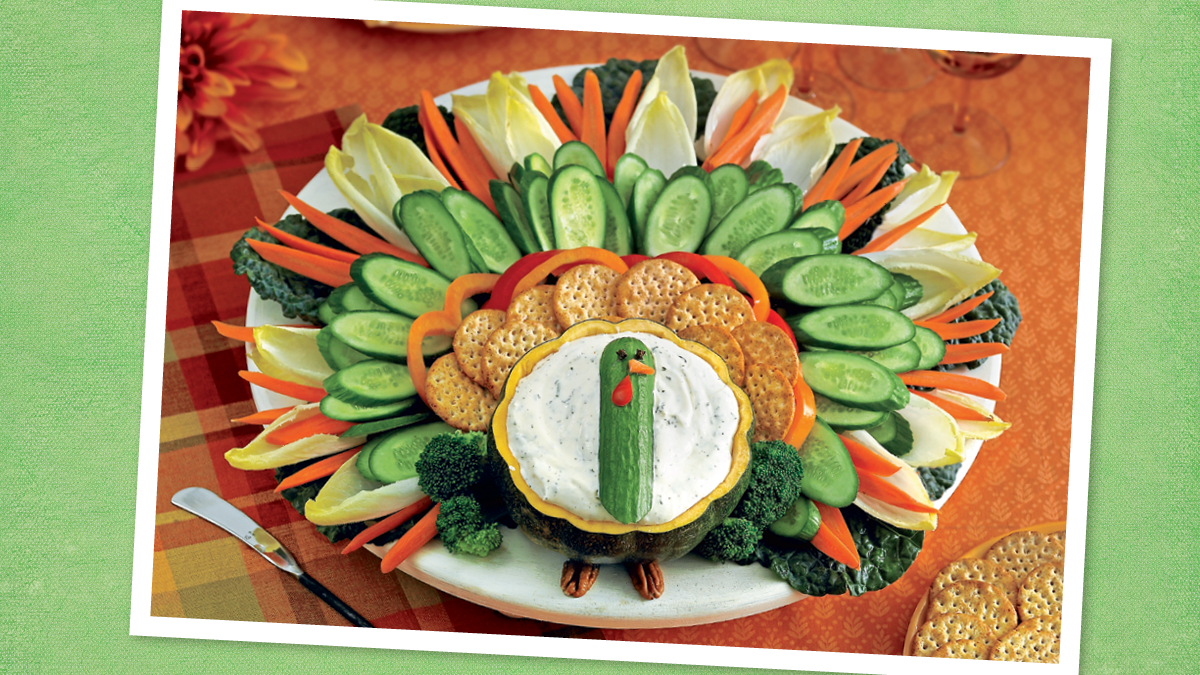Why Do We Have Easter Eggs — And Where Did the Easter Bunny Come From?

Eggs have a significant role in many countries’ Easter celebrations. Easter is the most important Christian celebration of the year as it is when Christians celebrate the resurrection of Jesus Christ. For most of us, eating a chocolate Easter egg is a big part of the festivities — but why do we have Easter eggs?
In the Bible, it is said that Jesus died on the cross on a day called Good Friday. Then was resurrected and came back to life on Easter Sunday. Easter falls on different dates each year, varying between 21 March and 25 April, depending on when there’s a full moon in Spring. This year, Easter Sunday is on April 4.
During the six weeks before Easter, known as Lent, Christians refrain from eating animal products, including all dairy and eggs. The modern tradition of eating chocolate eggs at Easter is related to the religious ritual as after the six weeks of Lent, you can finally eat chocolate, and that is why it is tied into Easter Sunday.
The first chocolate eggs appeared in France and Germany in the 19th Century, but they were not like the chocolate eggs we know today — they were bitter and hard. But, as chocolate-crafting techniques have improved Easter eggs became more appealing and became the hollow eggs we have nowadays.
In 1873, the first chocolate Easter egg was made by J.S Fry Sons and Cadbury. In 1875, they produced the modern chocolate Easter egg that we see in stores today.
What does the egg represent?
Originally eating eggs was not permitted by church leaders in the week leading up to Easter, known as Holy Week. So, any eggs laid were saved and decorated to make them Holy Week eggs. They were then given to children as gifts.
In the Victorian era, the tradition was adapted so that children would receive satin-covered cardboard eggs filled with Easter gifts. This has now developed into a tradition that many enjoy today, including egg hunts.
Eggs represent the end of Lent and symbolize rebirth and new life — in the same way that Jesus was resurrected. Jesus’ resurrection is thought of as the hard shell of the egg, which represents his tomb and the chick breaking through the shell represents Jesus, who conquered death.
During Lent, people collect their eggs and wait to eat them after Lent has finished. So, they would hard boil the eggs, decorate them and keep them for Easter.
Where did the Easter bunny come from?
The tale of the Easter Bunny was created in the 19th century. In the legend, the Easter Bunny lays, decorates, and hides eggs as they are a symbol of new life. This is why many children look forward to an Easter egg hunt during the days’ festivities.
What are some Easter egg traditions from around the world?
There are many different Easter traditions around the globe. In Bulgaria, they throw the eggs in a huge egg fight that takes place among families, with whoever still has an egg intact at the end of the game deemed the winner and assumed to be the most successful member of the family in the coming year.
Meanwhile, in the town of Haux in France on Easter Monday, it’s tradition to crack over 5,000 eggs into a giant omelette that feeds around 1,000 people from the town’s main square.
In the US, eggs are used for the traditional Easter Egg Roll where the President invites children to roll colored hard-boiled eggs down the White House lawn on Easter Monday in a custom that dates back to President Rutherford in 1878.
In Switzerland, Easter eggs are delivered by a cuckoo bird and in parts of Germany by a fox.
Additionally, the chocolate bunny we’re used to here is swapped in Australia for a chocolate bilby — a small, rabbit-sized marsupial that is highly endangered.
This article originally appeared on our sister site, Yours.












